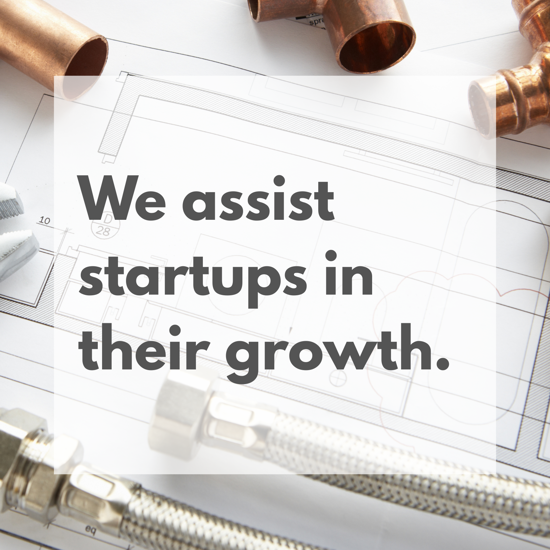
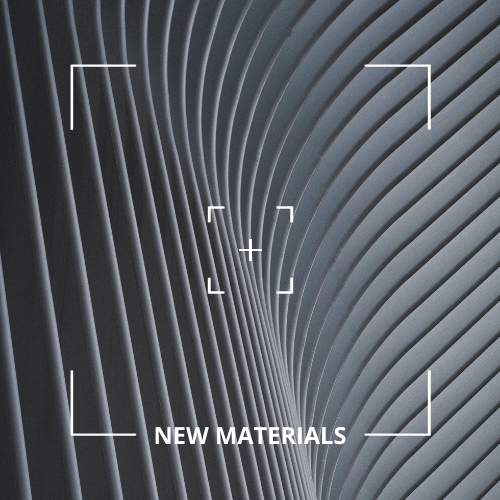
In Focus: New Materials
New materials are a strategic domain for the North-West Region of Romania, covering advanced materials, composites, nanomaterials, biomaterials, and technical textiles. These technologies enable the creation of materials with enhanced properties and diverse industrial applications—from automotive and aerospace components to medical devices, smart packaging, and construction materials. The North-West benefits from a strong ecosystem that combines a traditional industrial base with emerging research centers, offering a significant competitive edge in this sector.
Biomaterials and bioplastics – biodegradable materials derived from natural sources (such as flax fibers, biofilm, and bioplastics) meet the growing demand for sustainable packaging. The North-West RIS3 strategy recommends the development of innovative biomaterials and materials derived from recycling.
Advanced composite materials – carbon composites or fiber-reinforced polymer matrices (used in automotive and construction) reduce weight and increase durability, leveraging the region’s research potential and its strength in vehicle and transport equipment manufacturing.
Nanomaterials and nanotechnologies – graphene, nanoparticles, and nanodevices for applications in electronics, sensors, and photonics are priority fields in EU strategies. Regional universities (UBB, UTCN) are equipped to support technology transfer in this area.
Materials for 3D printing – the development of plastic, metal, and composite materials for additive manufacturing (durable polymers, metal powders) aligns with Industry 4.0 needs. The North-West RIS3 explicitly highlights the demand for new industrial-grade 3D printing materials.
Materials for green energy – research and production of materials for solar panels (e.g., perovskites) and advanced battery technologies (electrodes, solid electrolytes) are in line with EU clean energy priorities.
Technical textiles and smart fabrics – smart fibers (e.g., fire-resistant textiles with embedded sensors) can be developed based on the region’s strong textile tradition, supported by EU-funded materials research projects.
Advanced ceramics and construction materials – innovative building materials (eco-friendly thermal-acoustic insulators, composite concrete, basalt mineral wool) support energy efficiency in buildings.
Photonic and optical materials – photovoltaic glass, laser and optical sensor materials (e.g., smart bio-photonic sensors) are key research areas in physics and optoelectronics at regional universities.
Smart materials – phase-change materials (store/release heat) and adaptive materials (self-healing capabilities) fit the “smart building” concept and can be developed through collaborative R&D.
Materials for automotive and aerospace industries – lightweight alloys and composites (advanced aluminum, magnesium) for bodywork and components can be locally produced, leveraging the existing automotive sector and EU goals for lightweight mobility.
Materials for energy security – next-generation electrical conductors and superconductors (for high-voltage lines) and advanced hydrogen catalysts are emerging fields of interest in regional research.
Nanocoatings and functional layers – antibacterial, anti-corrosive, or surface-modifying coatings (e.g., hydrophobic layers) can be developed through industry-academia joint projects, meeting environmental and health standards.
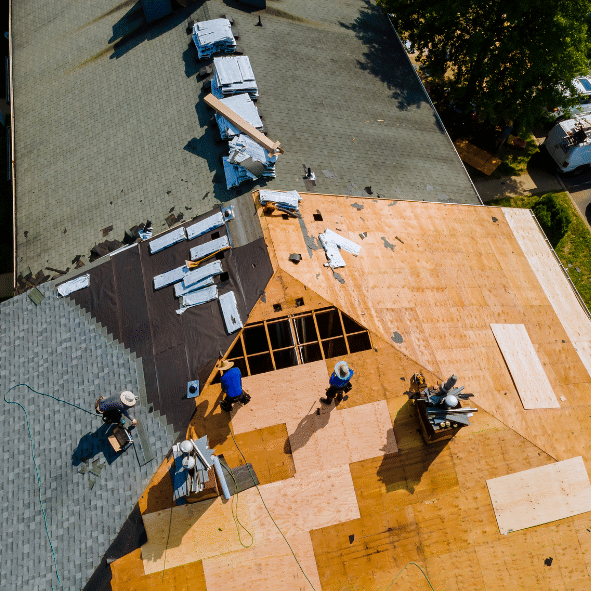
Innovation and entrepreneurship
The regional innovation ecosystem supports the shift toward new materials through clusters, technology transfer centers, and entrepreneurial initiatives. Two dedicated clusters lead the field: the Romanian New Materials Cluster, launched in 2018 as a partnership between the business and research sectors, focuses on advanced materials and technologies; and ADMATECH – the Cluster for Advanced Materials, Micro and Nanotechnologies, established in 2015, with the clear goal of becoming a regional hub of excellence in advanced manufacturing technologies. These clusters foster collaboration among universities, research institutes, and innovative companies, creating a framework for joint projects and market access. For example, the Transylvanian Furniture Cluster—active in a sector relevant to composites—has recently launched R\&D projects on composite materials for furniture, tapping into new technologies for this traditional industry. The support infrastructure also includes science and technology parks and business incubators. Notably, the regional network features seven accredited technology transfer entities (CTTs/CITs), many of which specialize in eco-nano technologies and advanced materials.
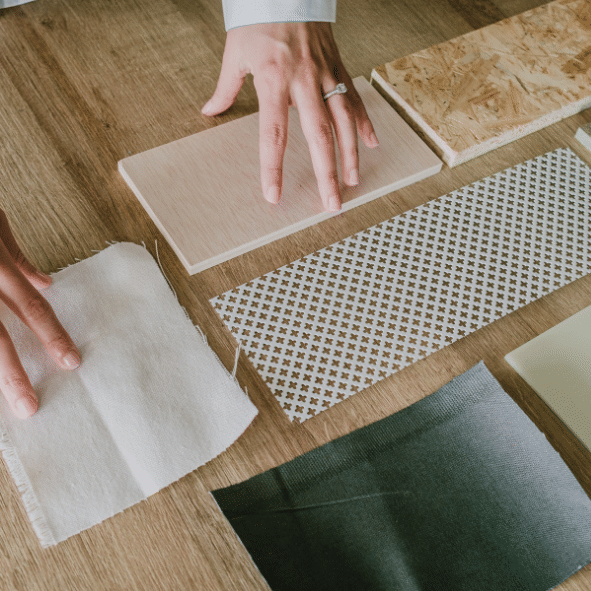
Types of companies
Across the new materials value chain in the North-West region, the landscape is dominated by SMEs producing components, materials, or equipment, alongside several large companies with foreign or domestic capital. The regional industrial structure spans from plastics, rubber, and packaging manufacturing to metallurgy, wood processing, and technical textiles. Most companies are small and medium-sized enterprises integrated into supply chains for sectors such as automotive, machinery, furniture, and food industries. However, major investors have also contributed significantly to the sector's growth. Company types range from specialized workshops (e.g., custom composite material producers) to large-scale manufacturing units. The cluster networks mentioned earlier (Admatech, RNMC, etc.) reflect a growing trend of firms partnering with research institutes to boost competitiveness through innovation.

Workforce
The region boasts a skilled workforce in technical fields, fueled by graduates from local universities. Relevant industries (plastics manufacturing, metallurgy/metal processing, and related sectors like furniture and technical textiles) employ tens of thousands of people. Many of these jobs are concentrated in counties such as Cluj, Bihor, Bistrița-Năsăud, and Sălaj, where there is a strong industrial tradition. Employee qualifications range from specialized workers (chemistry operators, textile workers, welders, foundrymen) to materials science engineers, chemists, physicists, and laboratory technicians. The availability of technical human resources is a key advantage for the region; however, challenges remain in continuously adapting skills to new technologies (nanotechnologies, 3D printing, automation, etc.). Collaboration between companies and educational institutions for apprenticeship programs and internships contributes to preparing the next generation of specialists in advanced materials.
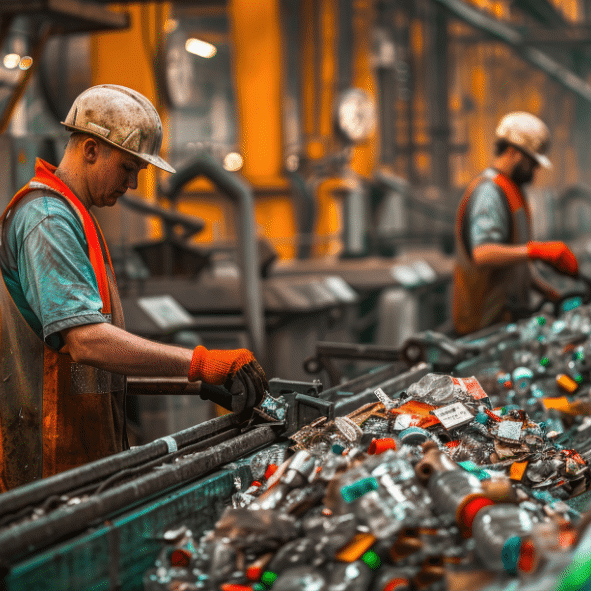
Average Wage
Wages in sectors related to new materials reflect both the regional economic structure and the technological level of activities. In general, wages in manufacturing industries in the North-West are close to the national average, with significant variations between counties and sub-sectors. In material-specific industries (plastics, metals, textiles), wages tend to be below the county average, but the growing competitiveness of local high-tech companies is starting to drive wage increases. The trend is upward convergence: as companies adopt higher value-added processes and develop innovative products, the remuneration of specialists (from CNC operators to nanomaterials researchers) will continue to rise, reducing talent migration and attracting workforce to the region.

Education
The educational sector in the region provides the skills base for new materials through a network of strong technical and scientific universities. Cluj-Napoca hosts top institutions: UTCN trains engineers in specialties relevant to advanced materials and manufacturing; UBB excels in chemistry, physics, and biology, offering master's and doctoral programs in nanotechnology, materials chemistry, biophysics, and environmental studies. The University of Oradea and university centers in Baia Mare and Satu Mare prepare specialists in engineering, textiles, automation, and other relevant fields. In the medical field, UMF Cluj contributes to the biomaterials segment through bioengineering programs and interdisciplinary research. The academic curriculum has progressively adapted to new requirements: courses in nanomaterials, smart materials, biopolymers, etc., have been introduced, often in collaboration with the private sector. Furthermore, universities run student research projects and innovation hubs to provide practical experience. For technician training, vocational schools and technical colleges in the region (especially in industrial centers like Oradea and Bistrița) have partnerships with companies for specific qualifications (such as plastic materials operators, technical textiles manufacturers, injection molders, etc.).

R&D
The region is an increasingly active hub for R\&D in materials, thanks to the presence of dedicated universities and institutes. Seven public universities engage in research, supporting various directions – from polymer science to nanotechnology applied in medicine and the environment. Key research players include INCDTIM, with laboratories in nanostructured materials, photonics, and cryogenics, and the ICIA Cluj branch, which conducts studies in supramolecular chemistry and new materials for detection. Alongside these, university laboratories produce innovations and patents. Collaboration between R\&D entities and the business environment has been formalized through the establishment of clusters. Applied research projects focus on current topics: smart materials for sensors and energy (e.g., nanomaterials for batteries and solar panels), biomaterials for medical implants and tissue regeneration, lightweight composite materials for the automotive industry, and more. Local research infrastructure has been improved through recent investments – laboratories equipped with advanced characterization equipment (electron microscopy, X-ray diffraction, mechanical testing) have been created or modernized at universities with structural funds.

Challenges
The development of new materials faces several challenges, whose addressing is essential for unlocking the regional potential. Traditional industries in the region (plastics, paper, metal) still operate at a low to medium technological level, with limited innovation activity. The low intensity of research in these sectors is reflected in the small number of patents and new products recently launched. Adapting to global sustainability trends requires changes: companies need to align with circular economy principles, using resources more efficiently and developing eco-friendly materials. This is also vital from the perspective of maintaining jobs, as environmental regulations become stricter and international competition intensifies. The high costs associated with advanced research and the inherent risks of innovation can discourage local entrepreneurial initiatives – access to funding is still limited in the region, requiring the strengthening of investor networks and technological transfer mechanisms. Attracting and retaining talent is a challenge: there is a risk that specialists trained here may migrate to centers offering higher compensation or more developed research infrastructure.
 Government Ordinance No. 57/2002 on Scientific Research and Technological Development
Government Ordinance No. 57/2002 on Scientific Research and Technological Development
 Emergency Ordinance No. 14/2002 regarding the establishment and operation of science and technology parks.
Emergency Ordinance No. 14/2002 regarding the establishment and operation of science and technology parks.
 Law no. 346/2004 on Stimulating the Establishment and Development of SMEs
Law no. 346/2004 on Stimulating the Establishment and Development of SMEs
The framework act that establishes the organization of the R\&D system in Romania (later approved by Law No. 324/2003), defining the mechanisms for funding and stimulating innovation. It provides the legal basis for national research programs and facilitates cooperation between institutes and businesses.
It allows the creation of science park structures, providing tax incentives and a special regime for the hosted innovation entities. This act stimulates the development of applied research infrastructure through public-private partnerships.
It provides support measures for small and medium-sized enterprises (including access to financing, consultancy programs, and reduction of administrative barriers). This law creates a favorable framework for the growth of innovative companies in the field of new materials, recognizing the role of SMEs in the economy.

